The U.S. housing market remains a critical economic issue, with housing affordability and supply at the forefront of bipartisan policy agendas. Both Republican and Democratic lawmakers are increasingly focused on expanding access to affordable housing and addressing the nationwide housing shortage. According to a recent Freddie Mac analysis, the U.S. faces a shortfall of 3.7 million housing units, a deficit that continues to drive high prices for both homeowners and renters.
In the 2025 edition of Construction Coverage’s U.S. Cities Building the Most Multi-Family Housing report, researchers analyzed the latest Census Bureau data to determine the cities and states with the highest shares of new privately-owned housing units authorized by building permits in multi-family structures (two or more units) in 2024. Expanding multifamily housing—including townhomes, condos, and apartments—offers one of the most effective solutions for addressing this shortage and improving affordability. Multifamily developments allow for higher housing density in urban and suburban areas and are generally more cost-efficient to build than single-family homes, making them a faster and cheaper way to increase supply. However, restrictive zoning regulations in many areas have historically made it difficult or even impossible to construct multifamily housing.
Recently, though, there has been growing political momentum to relax or eliminate these zoning restrictions, among other barriers to new home construction. And as such, more higher-density housing may be on the horizon.
Now vs. Then
During the lead-up to the 2000s housing bubble, loose lending standards and easy access to mortgages fueled demand for larger, single-family homes. Between the mid-1990s and mid-2000s, only about a quarter of new homes built in the U.S. were multifamily units, as Americans largely favored the suburbs. However, after the 2008 market collapse, housing construction slowed dramatically, just as millennials were reaching adulthood and showing a growing preference for urban living. This shift contributed to an urban revival, where demand for higher-density housing began to rise.
In the years following the housing crash, limited construction activity increasingly shifted toward multifamily developments. Between 2009 and 2015, the share of new housing authorizations for multifamily units rose from 24.3% to 41.1%. However, this share has since plateaued, standing at 33.6% as of 2024.
Despite this leveling-off, over 496,000 multifamily housing permits were issued in 2024—more than triple the low of 141,800 during the 2009 market collapse. Still, this figure stands in stark contrast to the nearly 1.2 million multifamily units authorized in 1972, the highest number recorded since the U.S. Census Bureau began tracking the data.
Nationally, about 29% of the existing housing stock consists of multifamily units, though this varies significantly across regions. New York leads the nation with 52.8% of its existing housing classified as multifamily, followed by Massachusetts (42.8%), Rhode Island (39.7%), Hawaii (38.3%), and New Jersey (37.5%). In contrast, states in the South and Mountain West—with more space and larger rural populations—historically invested less in medium- and high-density housing. States like West Virginia, Idaho, Mississippi, and Oklahoma have 18% or less of their housing stock composed of multifamily units.
When considering newly built housing units, a few notable trends stand out. States with traditionally high levels of multifamily housing, such as New York, Connecticut, and Massachusetts, continue to prioritize this type of development. In these states, multifamily units accounted for over 60% of all new authorizations in 2024, with New York leading at 77.5%. In fact, in all but 11 states, the percentage of new housing units categorized as multifamily exceeded that of the existing housing stock last year.
Notably, there has been a surge in multifamily home construction in regions with historically lower concentrations of such housing. In Alaska, for example, where just 25.6% of the existing housing stock is multifamily, a remarkable 56.8% of new units permitted in 2024 were for multifamily developments. Similarly, in the continental West, Washington (49.3%) and Montana (43.4%) were the only states where multifamily units constituted more than 40% of new housing authorizations.
Similar patterns emerge at the local level, where a blend of densely populated coastal cities and focal points in the Midwest and Western United States show the highest rates of multifamily development. There are a few exceptions, but generally, cities in the South report the lowest rates of new multifamily housing. This is likely attributed to lower demand and lower home prices compared to other regions of the country.
Here's a summary of the data for the New York-Newark-Jersey City Metro:
- Share of new housing units authorized in multifamily structures: 78.4%
- Share of existing housing units in multifamily structures: 58.4%
- Total new housing units authorized in multifamily structures: 45,399
- Total new housing units in structures with 2 units: 1,828
- Total new housing units in structures with 3–4 units: 1,018
- Total new housing units in structures with 5+ units: 42,553
- Total new single-family units: 12,530
For reference, here are the statistics for the entire United States:
- Share of new housing units authorized in multifamily structures: 33.6%
- Share of existing housing units in multifamily structures: 28.6%
- Total new housing units authorized in multifamily structures: 496,089
- Total new housing units in structures with 2 units: 34,568
- Total new housing units in structures with 3–4 units: 19,900
- Total new housing units in structures with 5+ units: 441,621
- Total new single-family units: 981,911



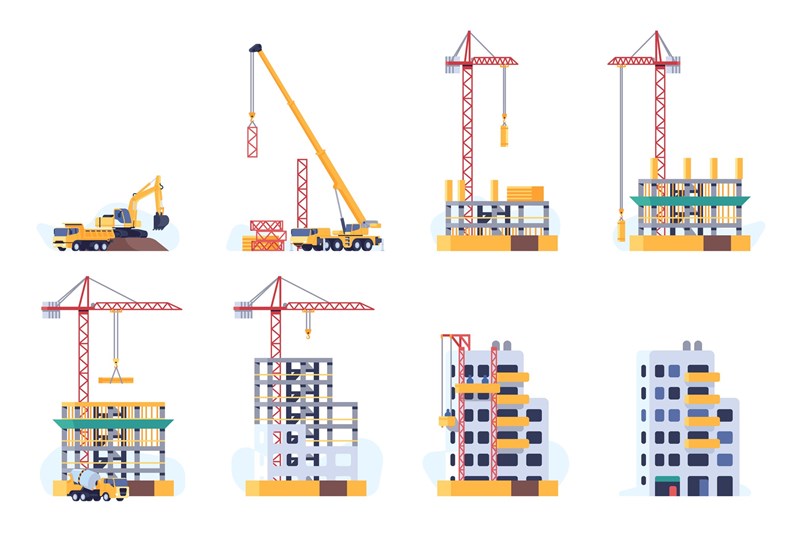
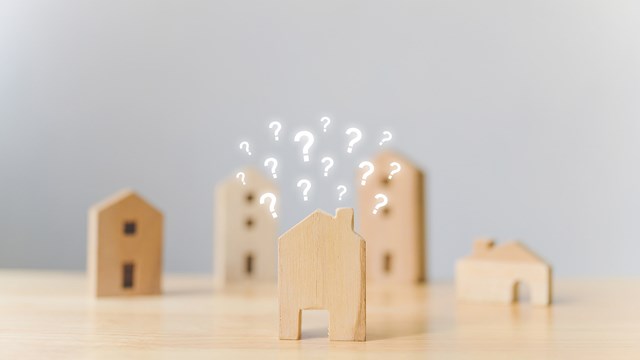
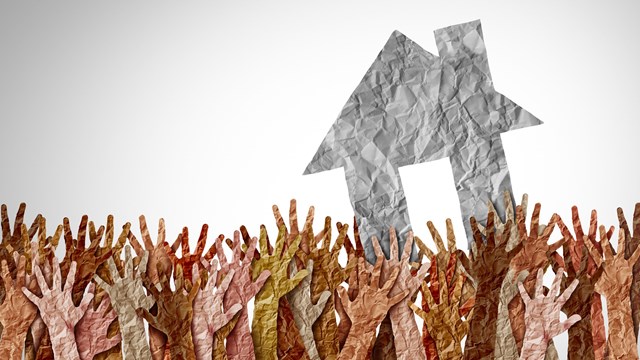
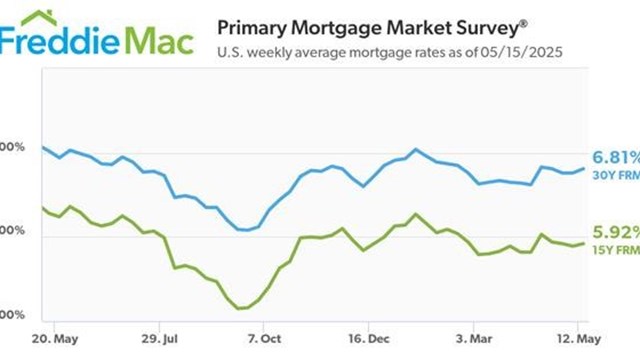
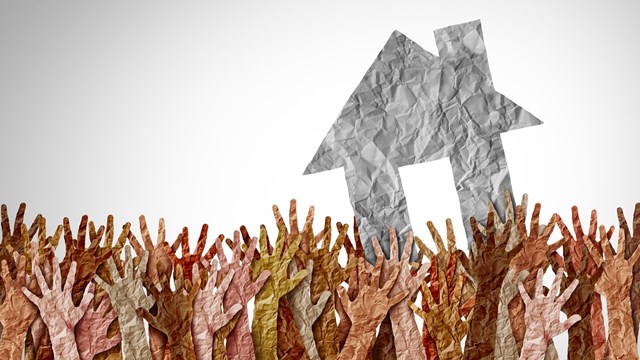
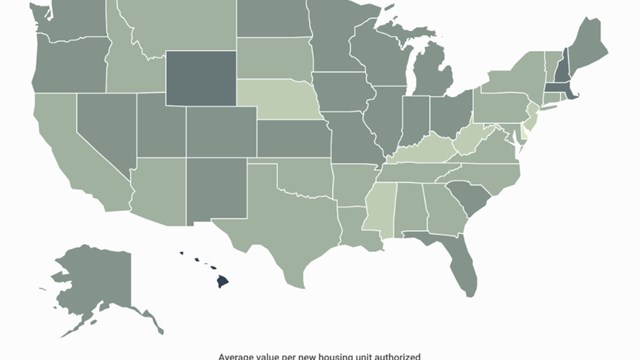
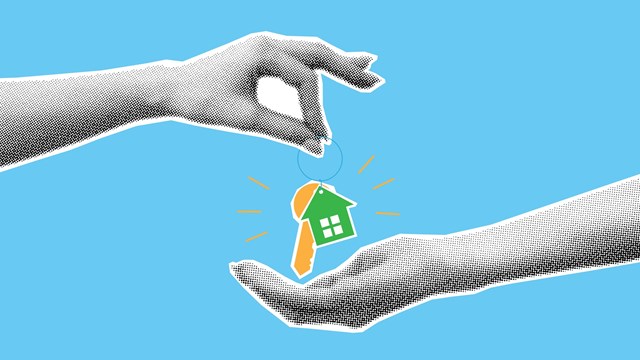
Leave a Comment